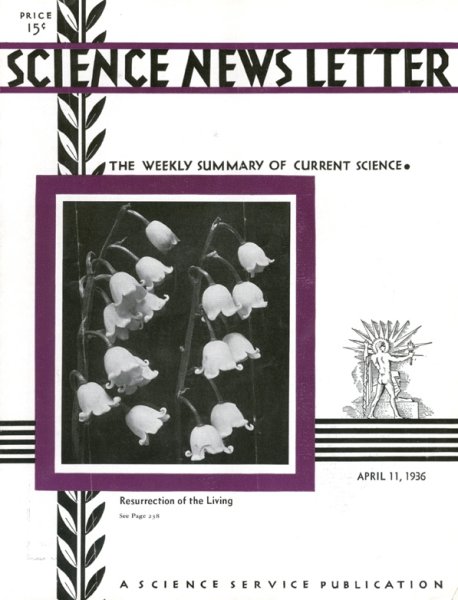From the April 11, 1936, issue

HOARDERS OF LIFE
Violets, buttercups, spring beauties, trilliums, Jack-in-the-Pulpit, Solomon’s seal, May-apple, lily-of-the-valley, bloodroot, blue-eyed grass, Dutchman’s breeches—these and a host of other lovely blossoms we instantly hail as gifts of spring. In a way they are, for they come to us in April and May—a few of the most daring in late March—and may therefore be called the gifts of spring as justly as Christmas presents or birthday presents are assigned to their particular anniversaries.